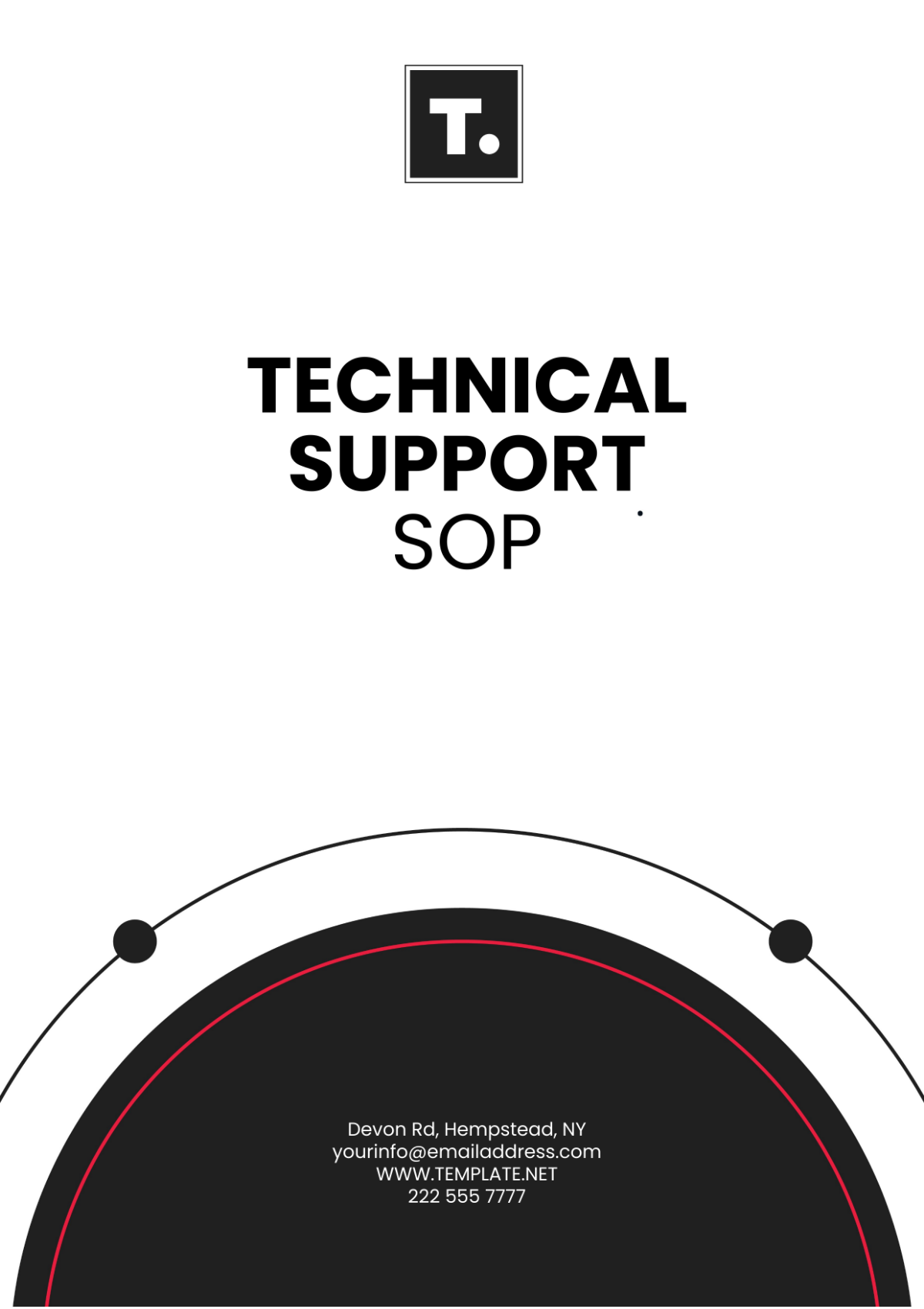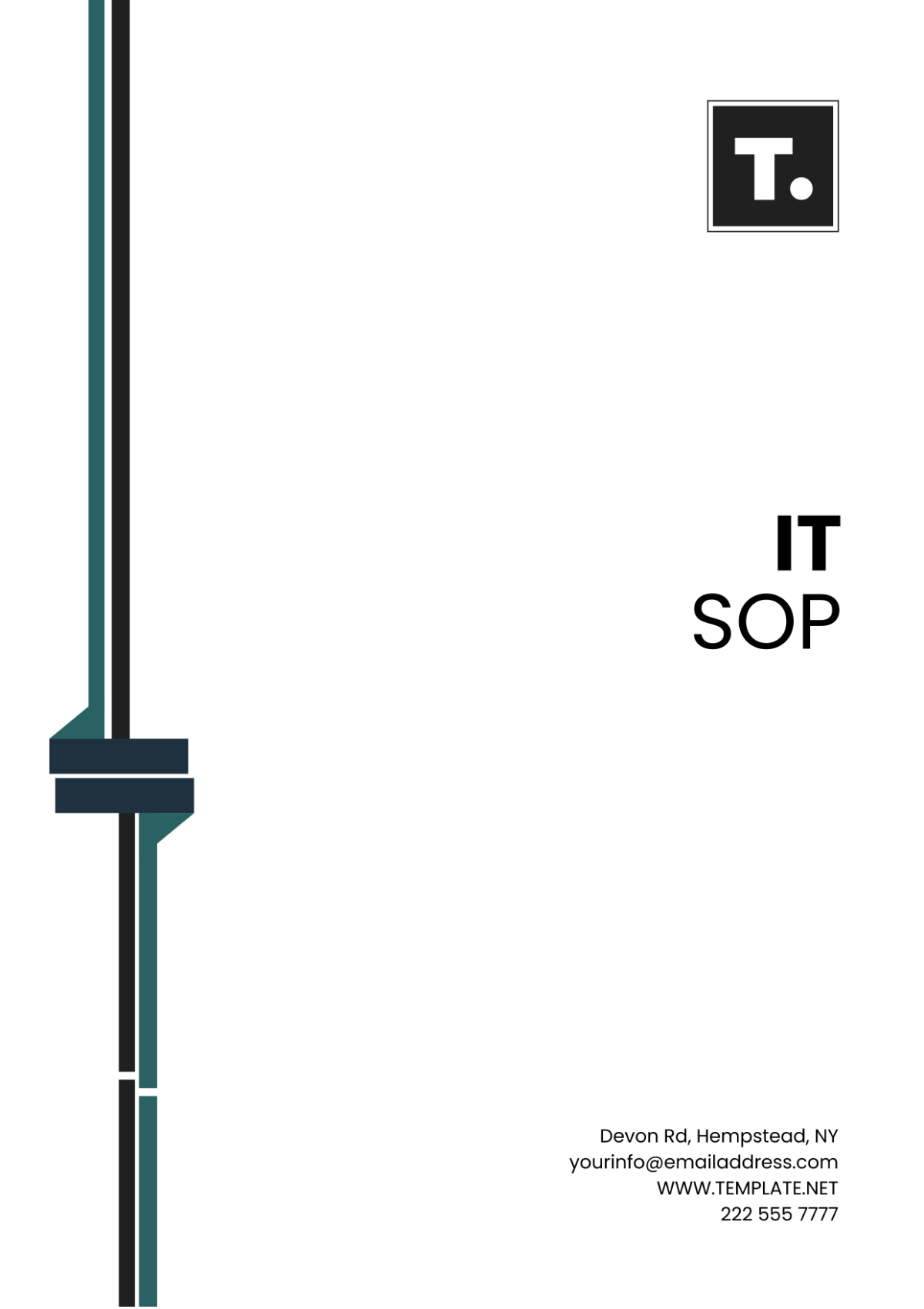Free Cleaning Services Marketing SOP
Streamline your marketing operations with the Cleaning Services Marketing SOP Template from Template.net. This customizable and editable template, crafted with an Ai Editor Tool, outlines standard operating procedures for your cleaning business's marketing activities. Ensure consistency and efficiency in your promotional efforts with this indispensable guide, available exclusively at Template.net.






























